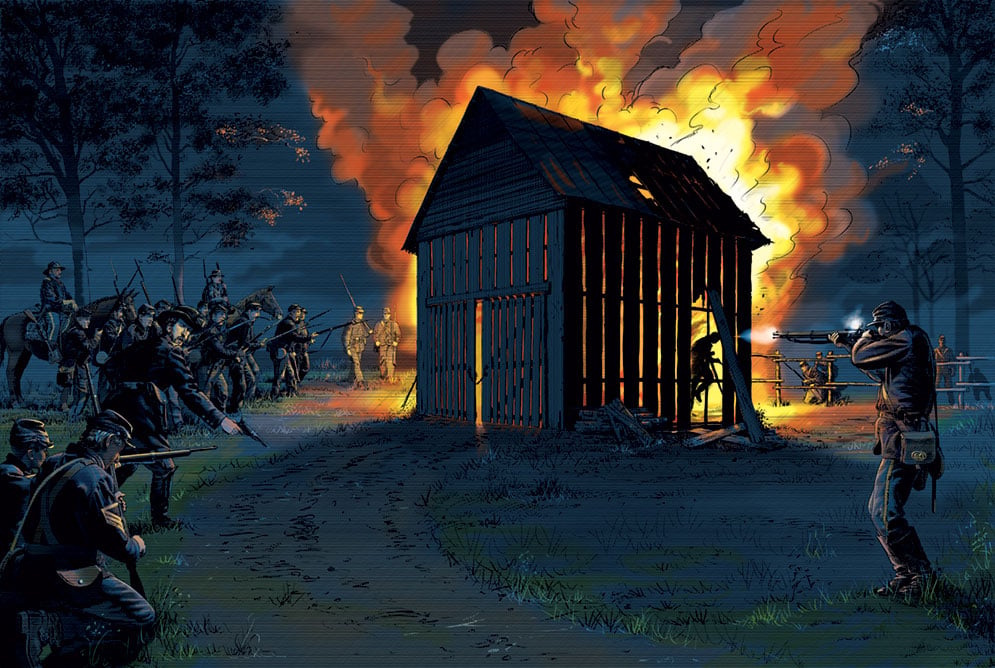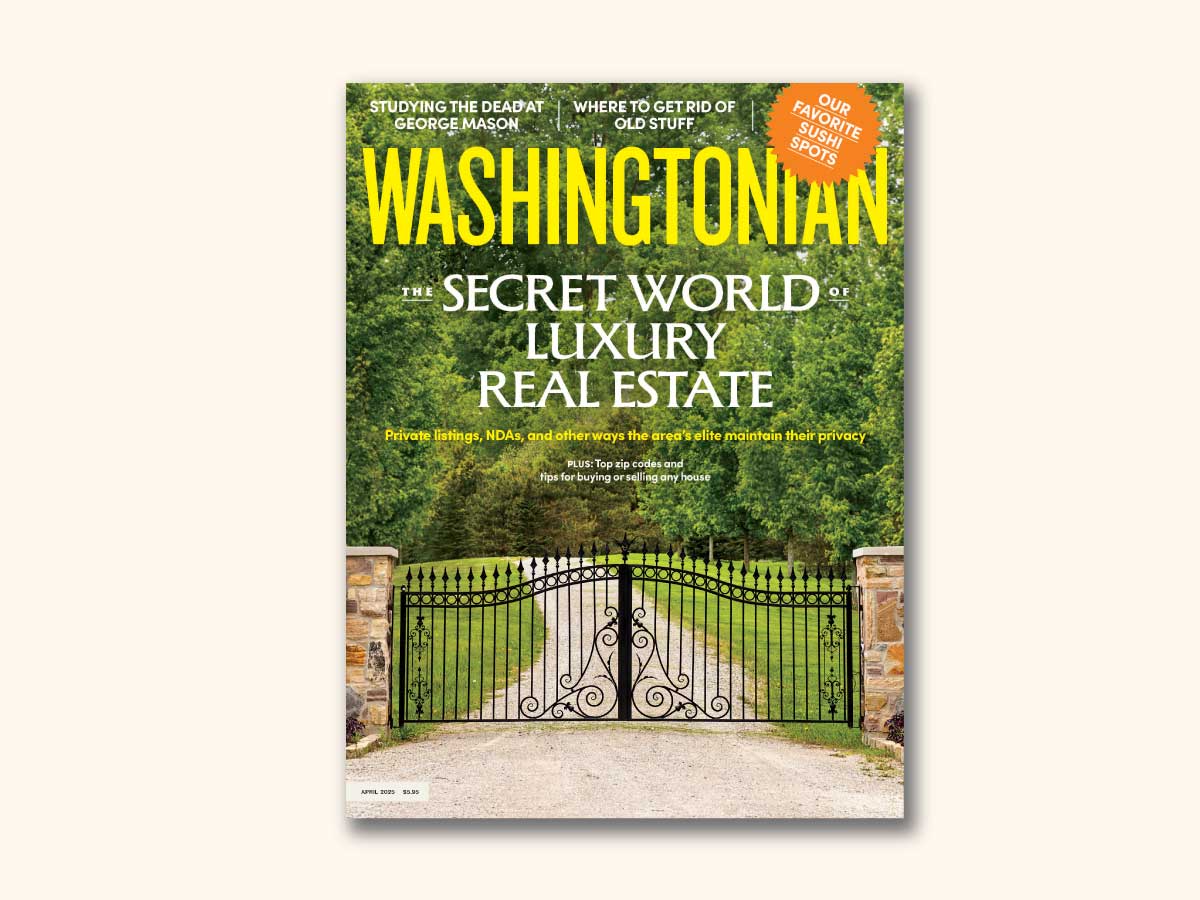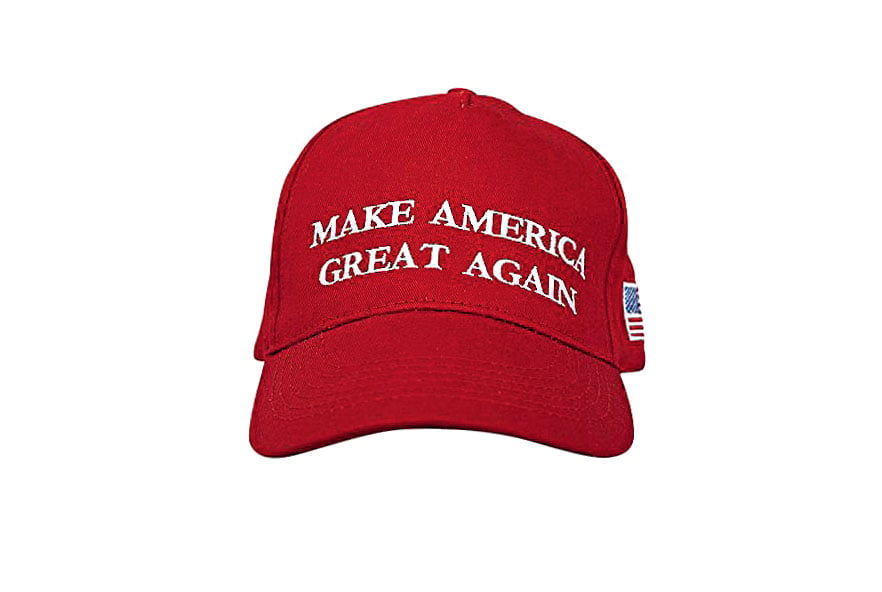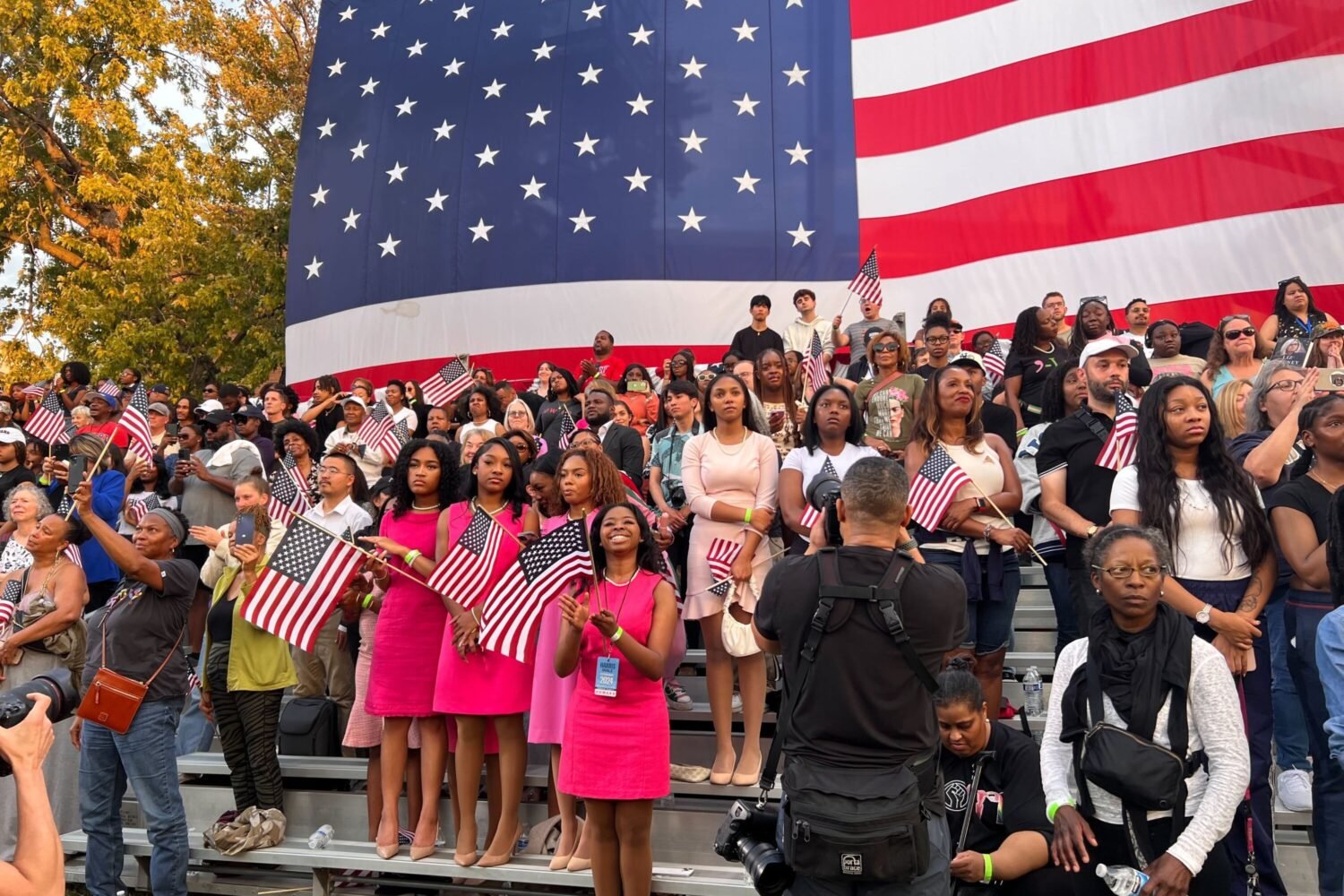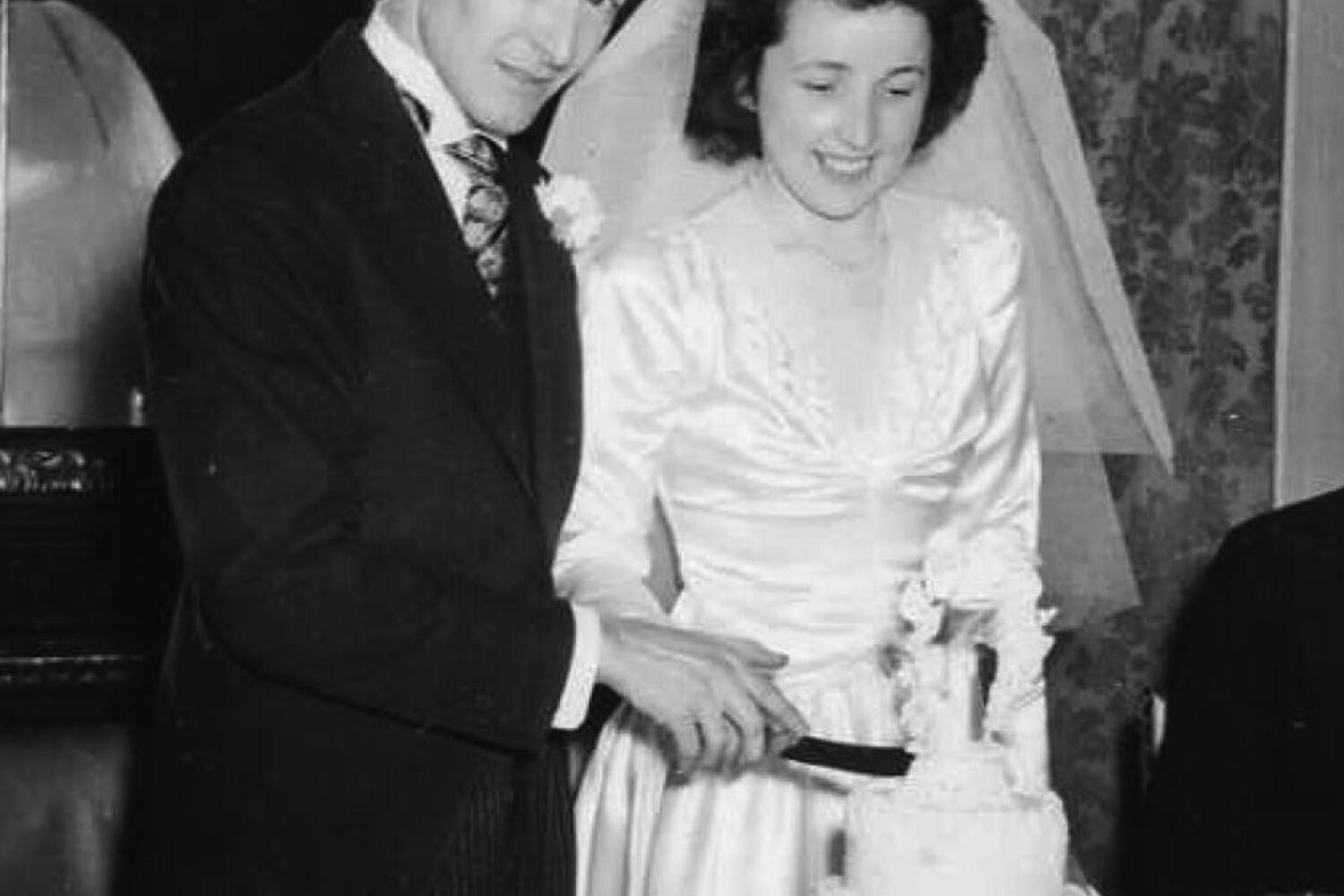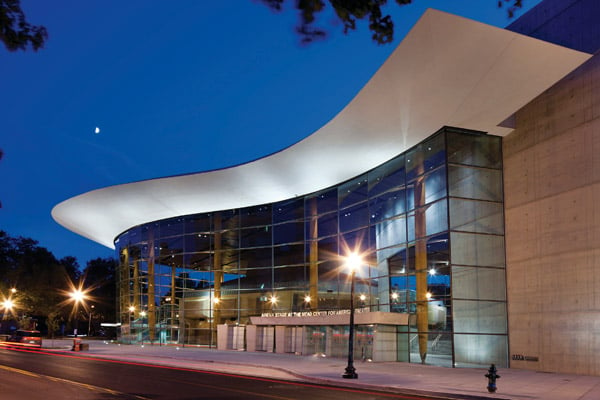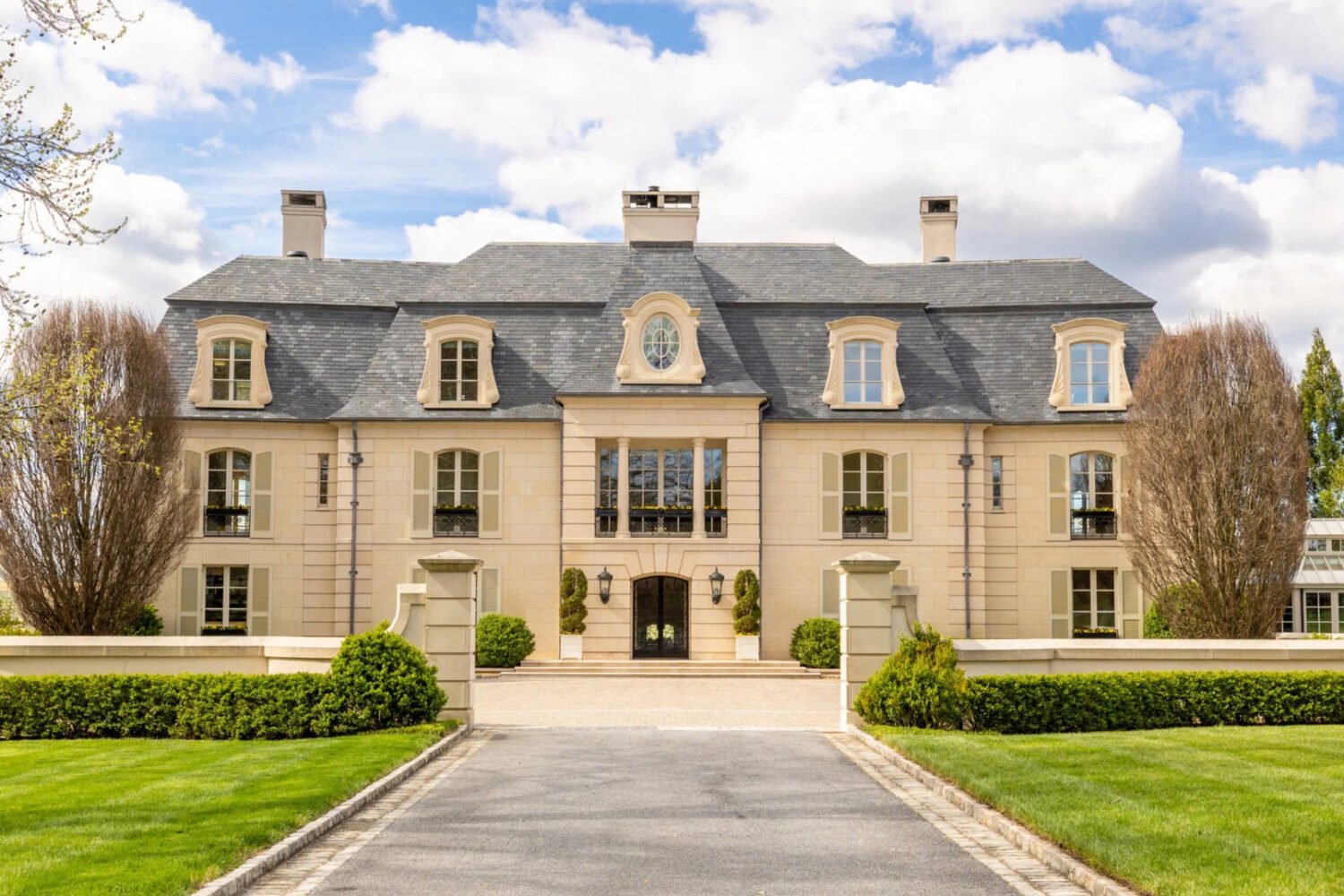Kamala Harris supporters descended on DC to witness the Democratic presidential nominee’s speech at the Ellipse on Tuesday evening—lining up as early as sunrise to secure a spot in what became a shoulder-to-shoulder crowd encircling the stage by nightfall.
The Harris campaign reported a turnout of 75,000 people, nearly double the 40,000 projection noted in the event’s National Park Service permit. Crowd sizes have in recent years become a matter of, uh, intense political interest. As the presidential race enters its final stretch of rallies before Election Day, what do we know about how to accurately calculate them?
Jay Ulfelder is a political scientist who conducts research for the Crowd Counting Consortium, a database run by Harvard University’s Ash Center for Democratic Governance and Innovation to track turnout at protests and other political events nationwide. The database was born of an effort to estimate the number of attendees at the January 2017 Women’s March on Washington—and today it continues to serve as a tool to help academics gauge America’s political interests. “How many people turn out gives you some very rough measure of trending intensity of concern about a particular issue,” Ulfelder says.
When it comes to sizing up any crowd, including at campaign rallies, the CCC isn’t focused on getting a precise head count. “It’s more of a kind of larger-scale thing,” according to Ulfelder, meaning that an educated guess is fine. His team accounts for venue capacity, information from fire marshals and law enforcement, and reports from journalists at the scene for approximations. If self-reports from the given candidate’s campaign are comparable to those figures, researchers will include it in their data analysis. They’ll report both the highest and lowest ends of these estimates, then average both figures out to come up with “a conservative take on how big the crowd was.”
Based on that methodology, here’s Ulfelder’s analysis of Harris’s DC rally: A federal official told NBC that 40,000 people went through security screening to enter the Ellipse and another 20,000 were estimated in the overflow area by the Washington Monument. That gives the CCC a “low estimate” of 60,000 attendees. Averaging that out with the highest estimate available—the 75,000 figure from the Harris campaign—the organization will report its “best estimate” as 67,500. That means the Harris campaign’s figure is “in the right ballpark,” Ulfelder says.
The CCC will take the crowd estimates provided by most political campaigns into account when collecting this information—with one major exception. “We did see this consistent pattern with the Trump campaign popping out numbers that every journalist, eyewitness, everybody was like, ‘Those are ridiculous,’ ” Ulfelder says. For example, Trump claimed during an appearance on Andrew Schulz’s Flagrant podcast earlier this month that 100,000 people were at his October 5 rally at the site of his July assassination attempt in Butler, Pennsylvania. The Secret Service told CBS that attendance shook out to around 24,000.
Over concerns about “the integrity of the data,” the CCC decided to stop factoring the Trump campaign’s turnout self-reports into their crowd estimates. “If Trump gives the number, we’re going to ignore it because he just rendered himself not credible as a crowd estimator.” Ulfelder says. “But we’ll have other numbers in those cases that we can go by,” like venue capacity and law-enforcement figures.
What’s the point of keeping track of crowd sizes anyway? According to Ulfelder, the CCC’s intention isn’t to draw a correlation between rally turnout and election-victory odds. They’re just keeping tabs on what’s “descriptively interesting.” Some key takeaways from this campaign season: Democratic political rallies have grown since Harris took over for President Joe Biden as the party’s nominee, while Trump’s own rallies are less attended on average than they were during the 2020 campaign season.
But Ulfelder says it’s important to remember that average crowd size doesn’t necessarily say too much about a candidate’s popularity—any number of factors could play into this discrepancy. For instance, less attended rallies might just be booked at smaller venues, he says. Finally, high-school statistics is coming in handy: Correlation does not equal causation.
“The average size of a Kamala Harris rally since she became the nominee has been a chunk larger than the average Trump rally size this year, and also Trump rally size since Harris became the nominee,” Ulfelder says. “What does that tell you? I don’t know.”






